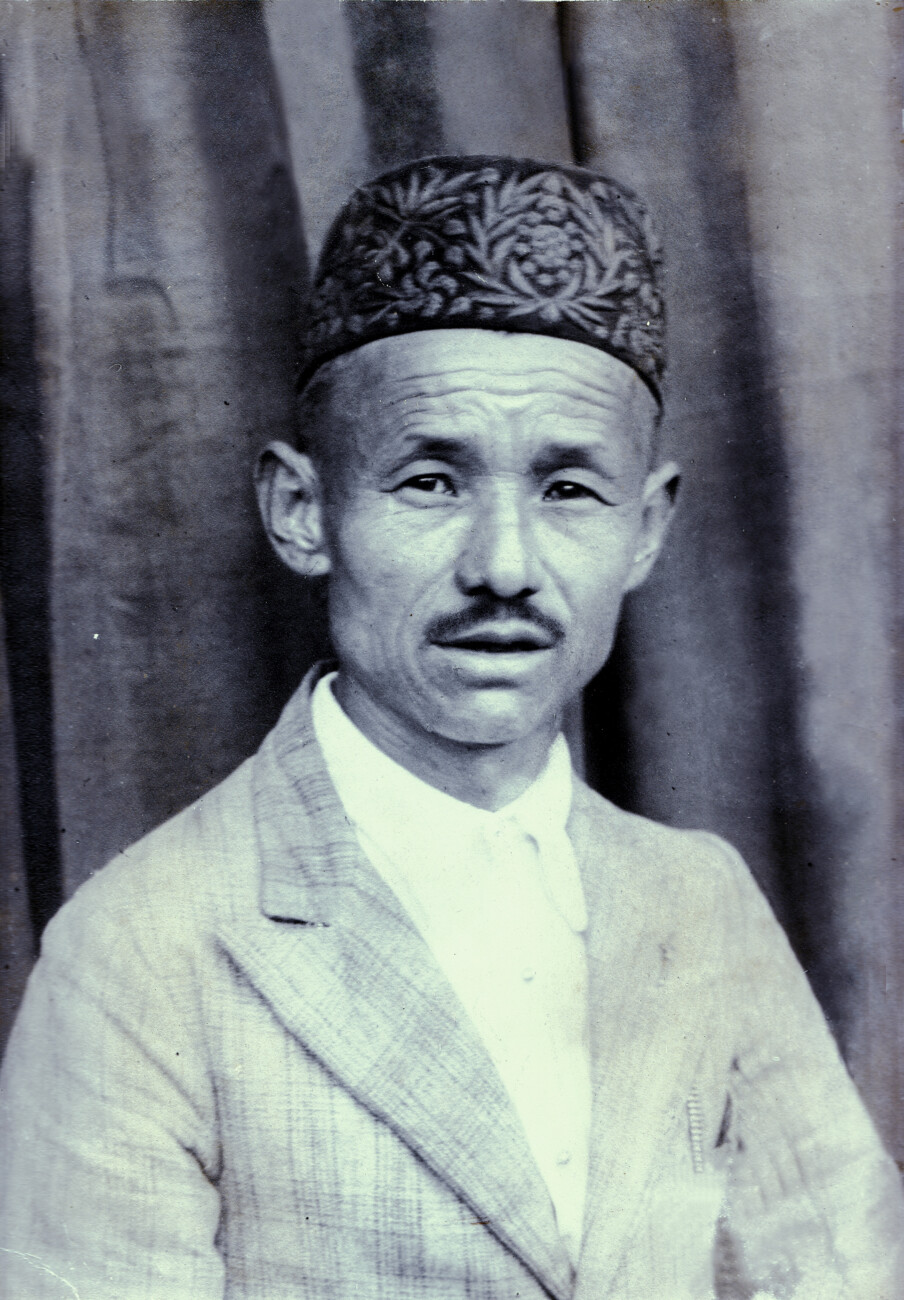
Rabden Lepcha, Sir Charles Bell’s orderly in the early twentieth century, was perhaps the first known photographer from Sikkim. While he served as an orderly to the Political Officer, Rabden Lepcha developed an interest in photography and was encouraged in his efforts by Bell. It is believed that many of the photographs, especially portraits of the people of Sikkim attributed to Bell, were actually taken by Rabden Lepcha. Sadly, apart from the reference to his life with Bell, no one can trace his family or other details about him.
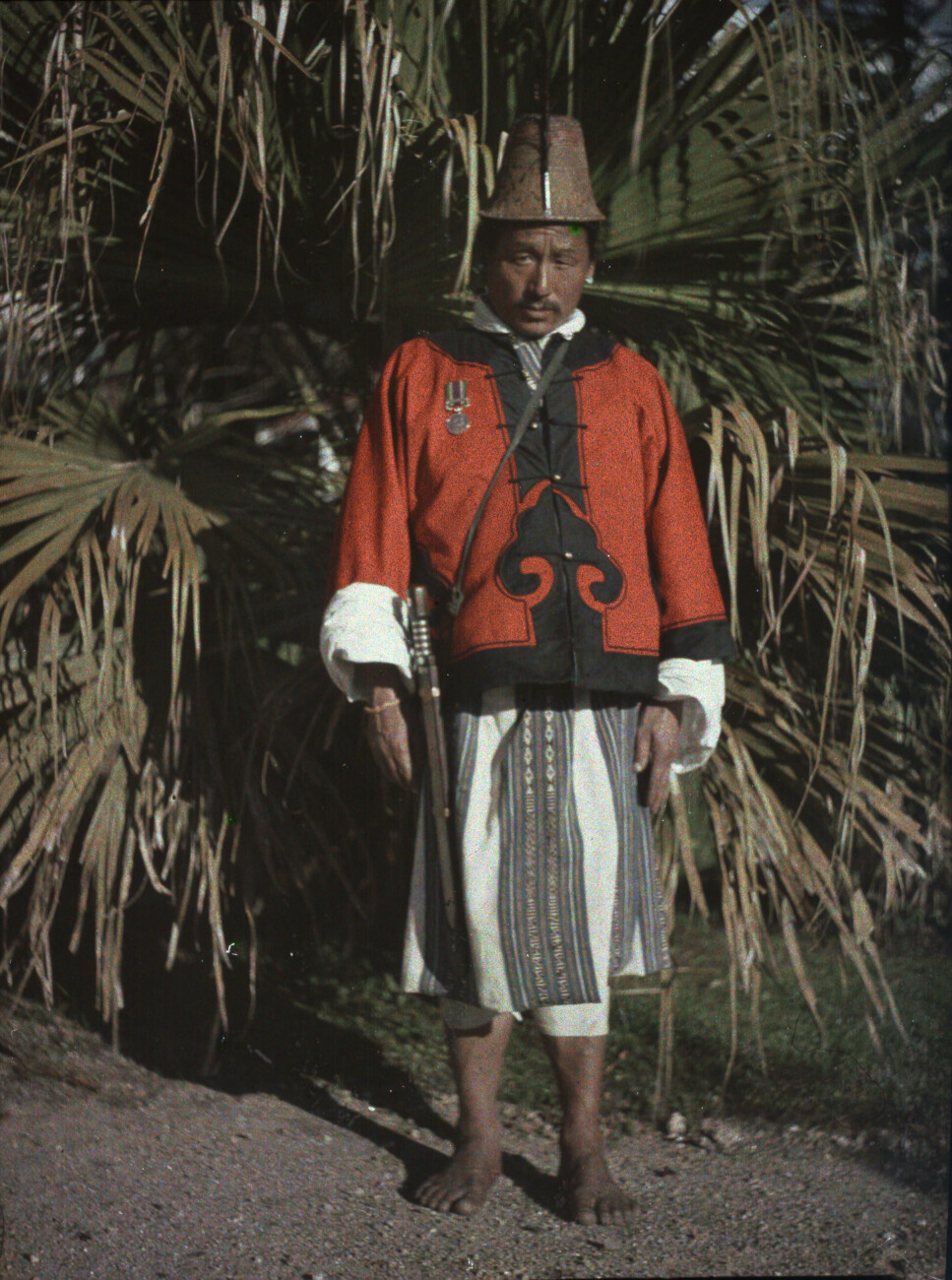
In the 1940s and 50s Rhenock Yap Tseten Tashi, who was the private secretary to two Sikkimese kings, captured many events, and thus recorded history. His photographs were taken on the move as it were. His eldest son, Penjor Dorji Tashi, followed in his footsteps.
The two photographers had very different approaches; while the father captured images on the move, the son liked to compose his subjects carefully. Both these photographers were considered to be pioneers of photography in Sikkim, and no doubt, have contributed to generating a serious interest and practice of photography here.
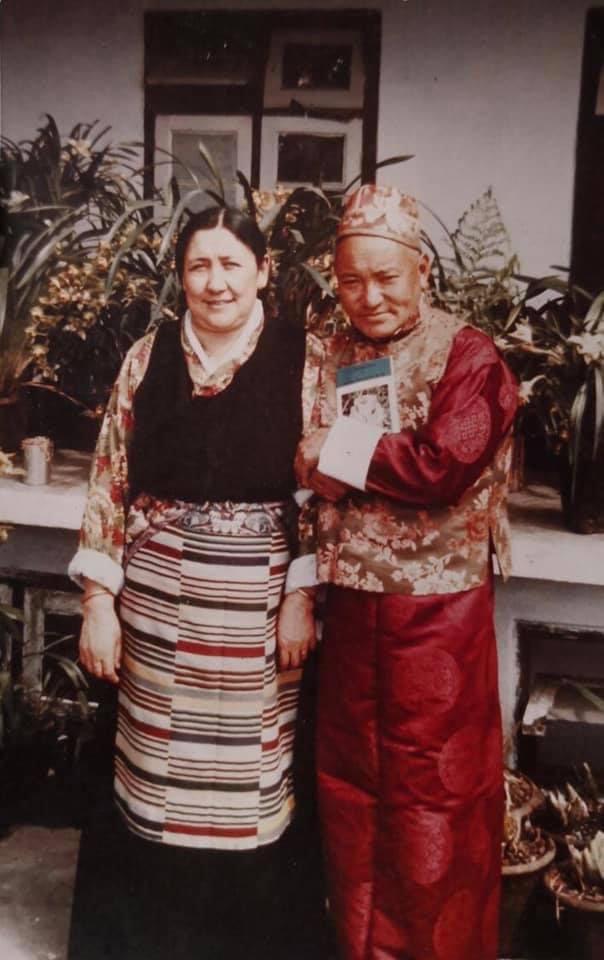

Faraway from Gangtok, the capital of Sikkim, there was another man who struggled to bring photography to the ordinary people living in the remote parts of Sikkim.
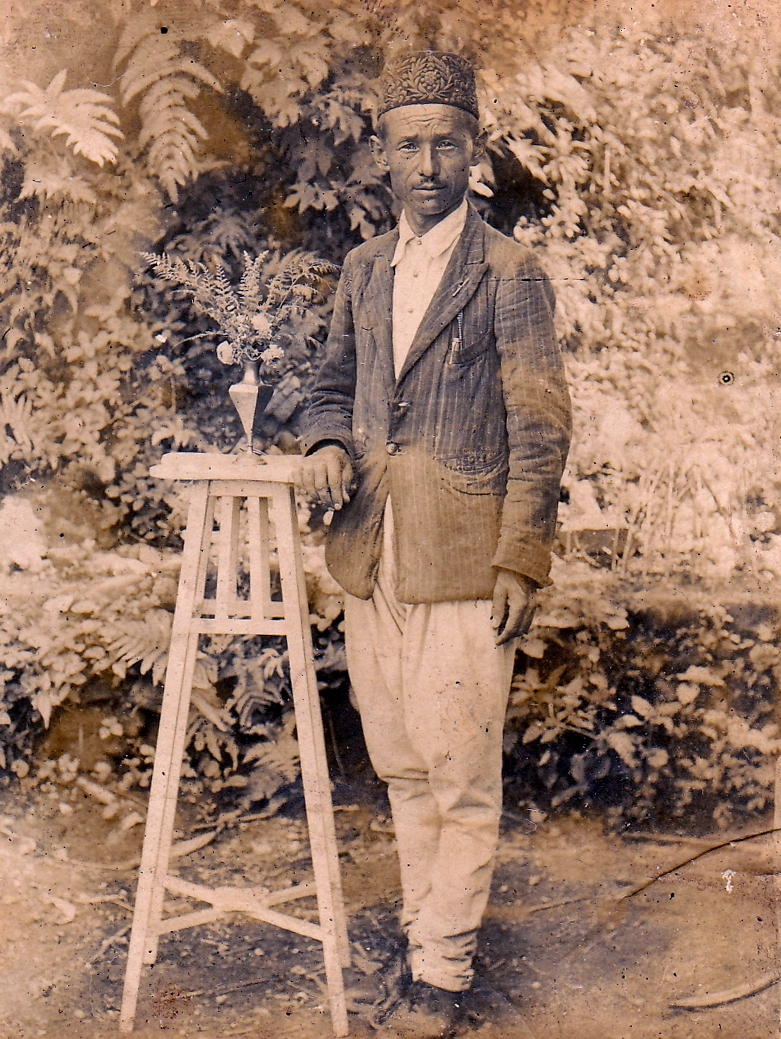
Faraway from Gangtok, the capital of Sikkim, there was another man who struggled to bring photography to the ordinary people living in the remote parts of Sikkim.
Partuman Lohrung Rai was a self-taught photographer. He was born in 1899, the eldest of the five sons of Asdhan Rai whose father was the third son, Saiman Rai, of Changfung. Changfung’s two grandsons, Pratap Singh and Asdhan, still in their teens, migrated to West Bengal, India, from a region called Malta in Eastern Nepal in the late nineteenth century. Their eastward journey ended at Sipaidhura of Rangtong Tea Estate, Kurseong, Darjeeling District. However, Asdhan wandered off once more, this time to South Sikkim and arrived at Chautara Gaon, Kamrang. Sikkim was then ruled by the ninth Chogyal, Thutop Namgyal (1874 - 1914).
Later, Asdhan settled down permanently in the adjoining village of Tinjeer. With hard work and sincerity, he managed to become a baidar—the lowest rank in the administrative hierarchy of the feudal system prevailing at that time in Sikkim. He was given certificates from the Magistrate-cum-Deputy Commissioner in recognition for his services as enumerator during the census operations of 1911 and 1921. These two decadal population censuses were taken during the rule of the two Chogyals of Sikkim: Thutop Namgyal and Sir Tashi Namgyal.
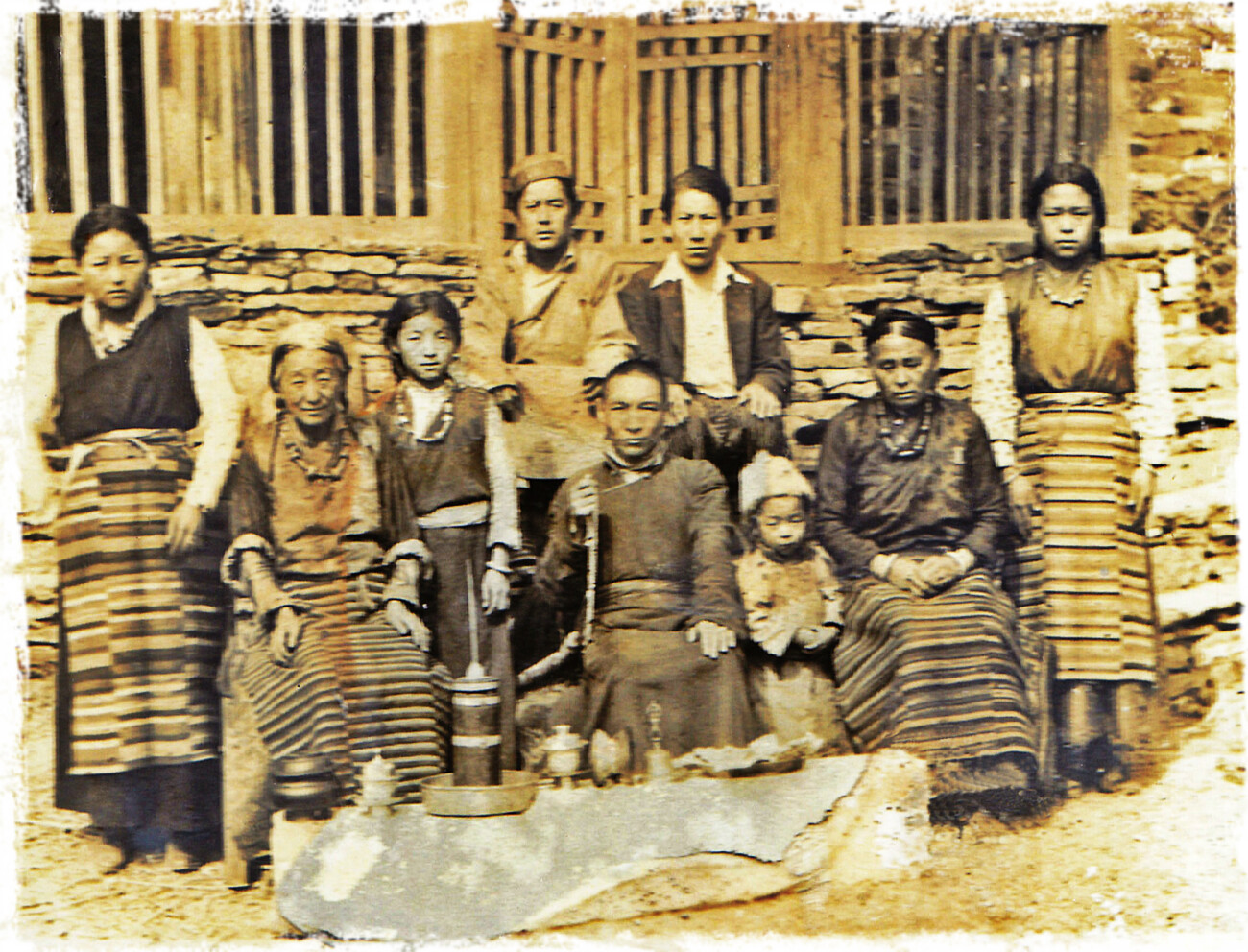

Partuman Lohrung Rai, Asdhan’s son had no formal education, let alone any training in photography. He started taking photographs around 1940. He found eager customers during weekly haats where people came from surrounding villages. The taking of photographs became some kind of festival in itself; people gathered dressed in their best attire, keen to capture their images for posterity. Gradually, by word of mouth, his fame as a photographer spread in the neighbouring villages and he was keenly sought after.
Being a skilled carpenter, Partuman built his own darkroom at Purano Namchi. In the absence of electricity, he used natural light to work with.
Until he built his own darkroom, and devised ingenious ways to develop and enlarge prints, he would travel to Darjeeling to Das Studio to develop his films. Darjeeling was some distance from Namchi; often he had to stop at some village and resume his journey the next day. It was not only time-consuming but also expensive. Sometime in 1943 he met Phokay Gurung who had been working in Calcutta and had some technical knowledge about developing films. He taught Partuman all about the process of developing exposed glass plates.
Being a skilled carpenter, Partuman built his own darkroom at Purano Namchi. In the absence of electricity, he used natural light to work with. The passage of natural light was allowed in through two holes in the wooden partition of the dark room, one for allowing obscured light (red light), and another for exposing the films to natural daylight for enlargement purpose. He used a piece of painted glass to cover a hole on the wall to create the red-light effect that was essential to develop the film.
Partuman combined carpentry with photography. Later, when he moved his studio-cum-workshop to Namchi Bazaar, people thronged to his small workshop to watch him work with his deft hands to create, in a matter of few hours, beautiful wooden photo frames and pieces of furniture. In between he would work in the darkroom, developing his prints.
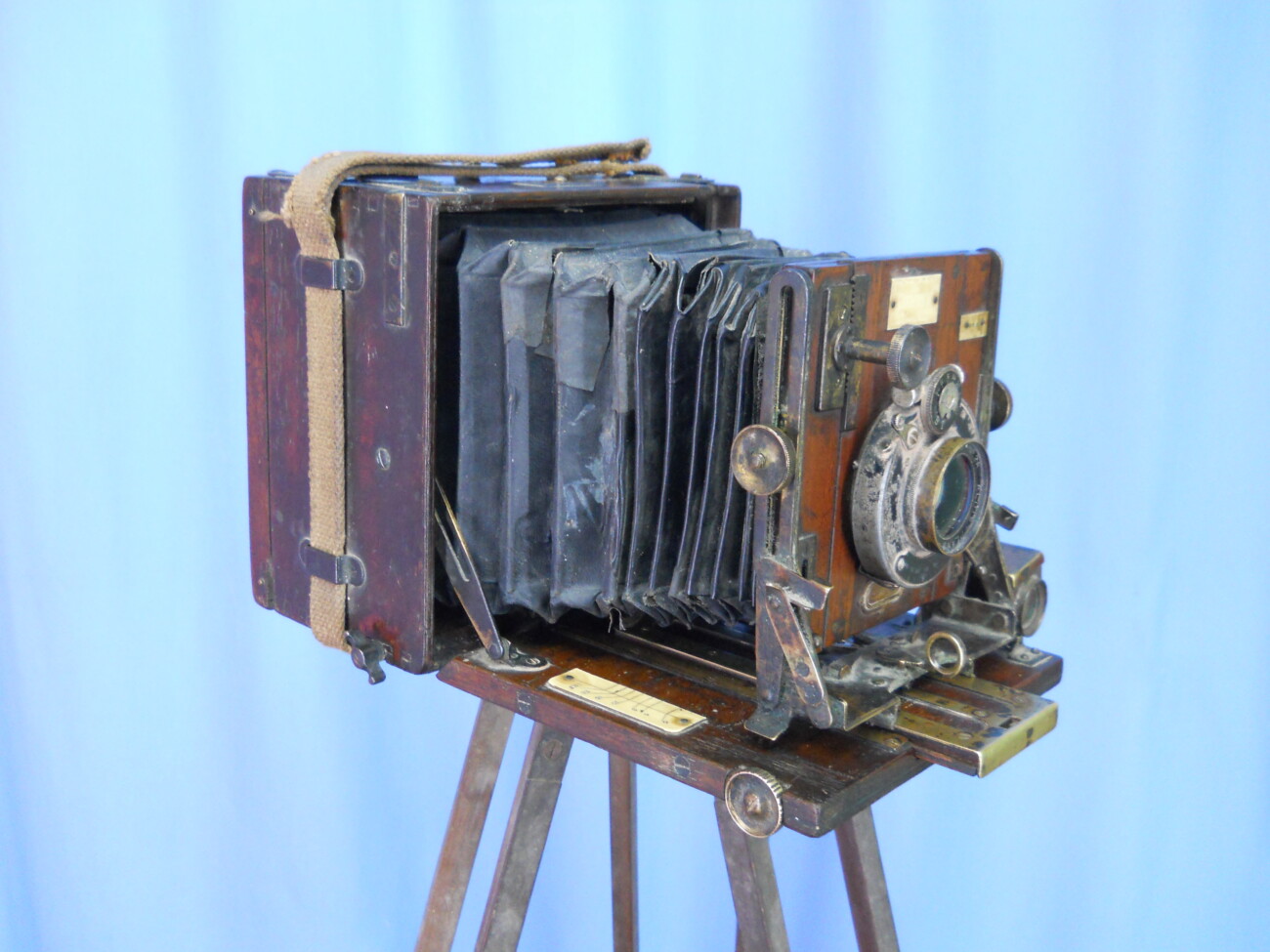
Such was his passion for photography that he acquired a very costly camera—a British make 1902 Sanderson Tropical Camera. It came into his hands in a most fortuitous manner. It seems that the Chogyal had brought it from England and gave it to his brother-in-law, who gave it out as a lottery prize to a man in Ranka. The man seemed to have no use for this camera and passed it on to Balbhabdra Rai, one of the first police officers in Sikkim, who then sold it to Partuman for a princely sum of rupees twelve. His grandson, Bhim Chandra Rai, is the proud owner of this family heirloom now.
Partuman trekked to many isolated villages of Sikkim in pursuit of photography. He delivered the framed photographs to the homes of his clients, even in faraway villages.
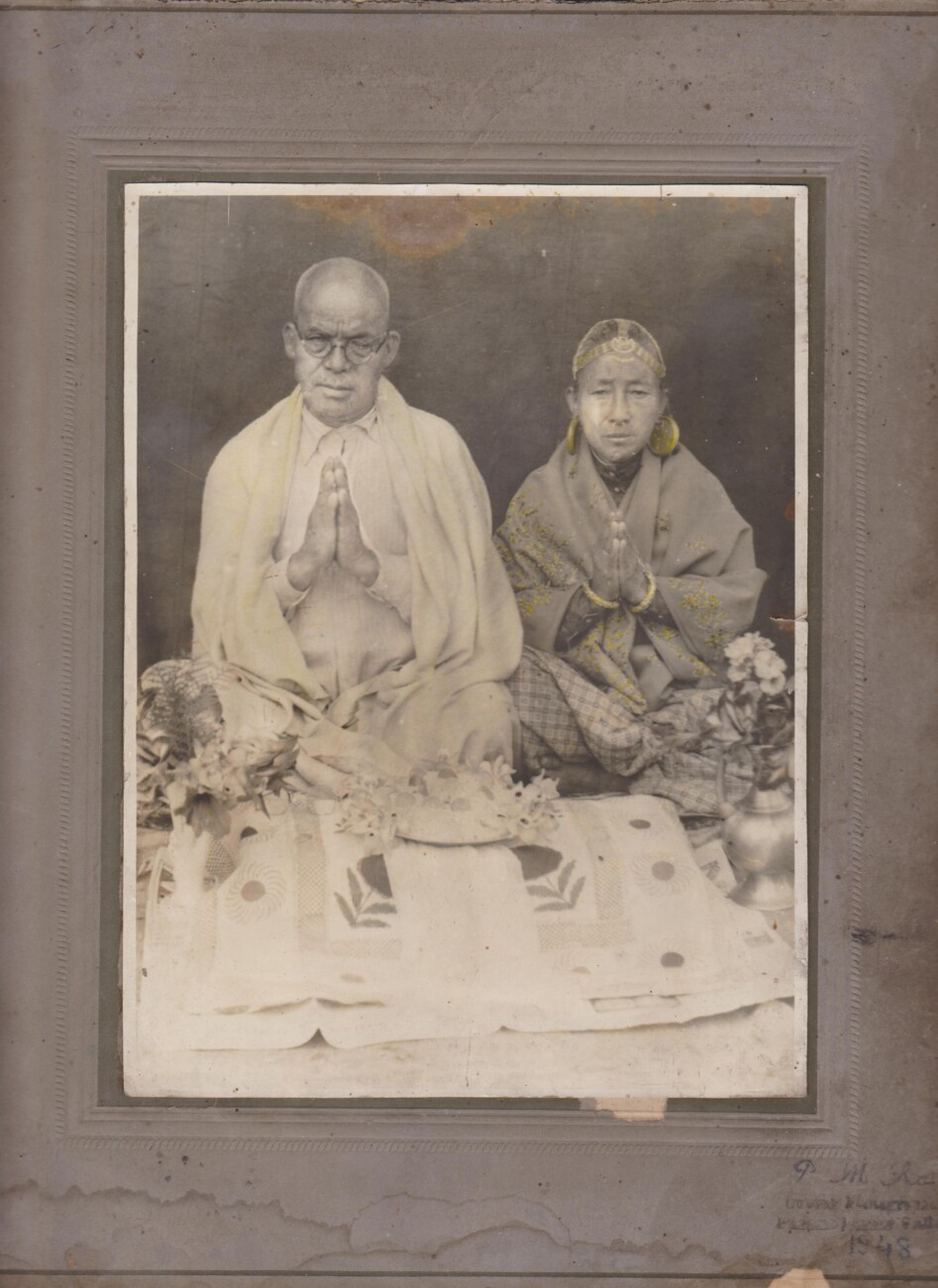
Partuman trekked to many isolated villages of Sikkim in pursuit of photography. He delivered the framed photographs to the homes of his clients, even in faraway villages. Lal Singh, one of his sons who had recently returned from the army, accompanied him, carrying on his back the finished photographs. There were no proper roads then and sometimes they would lose their way in the jungle. However, the trouble they took was well compensated by the warm welcome they enjoyed. Lal Singh recalled the difficulties of negotiating steep slopes with a load on his back, and remembered with horror how one day he slipped and fell and the glass frames came crashing down and broke into many pieces. The only reproach he got from his stunned father was a quiet, “You’ve done it.”
Partuman made friends wherever he went and gained invaluable insight into people’s lives. He would frequently trek to villages as far away as Bijan Bari in Darjeeling, and all over South and West Sikkim, taking photographs of families celebrating weddings and special occasions. He would also take portraits and group photographs, arranging his subjects in a formal composition.
Partuman Rai lived during revolutionary times and was actively involved in politics as well. He was a member of the Sikkim State Congress, a political party responsible for the overthrow of feudalism and the establishing of a form of democracy with elected members participating in the governance of the country. With his passion for photography he recorded the historic uprising. Unfortunately, not many photographs are extant and some are in a poor condition. However, in a society that was, until recently, illiterate, the visual records bear eloquent witness to people’s lives and aspirations.
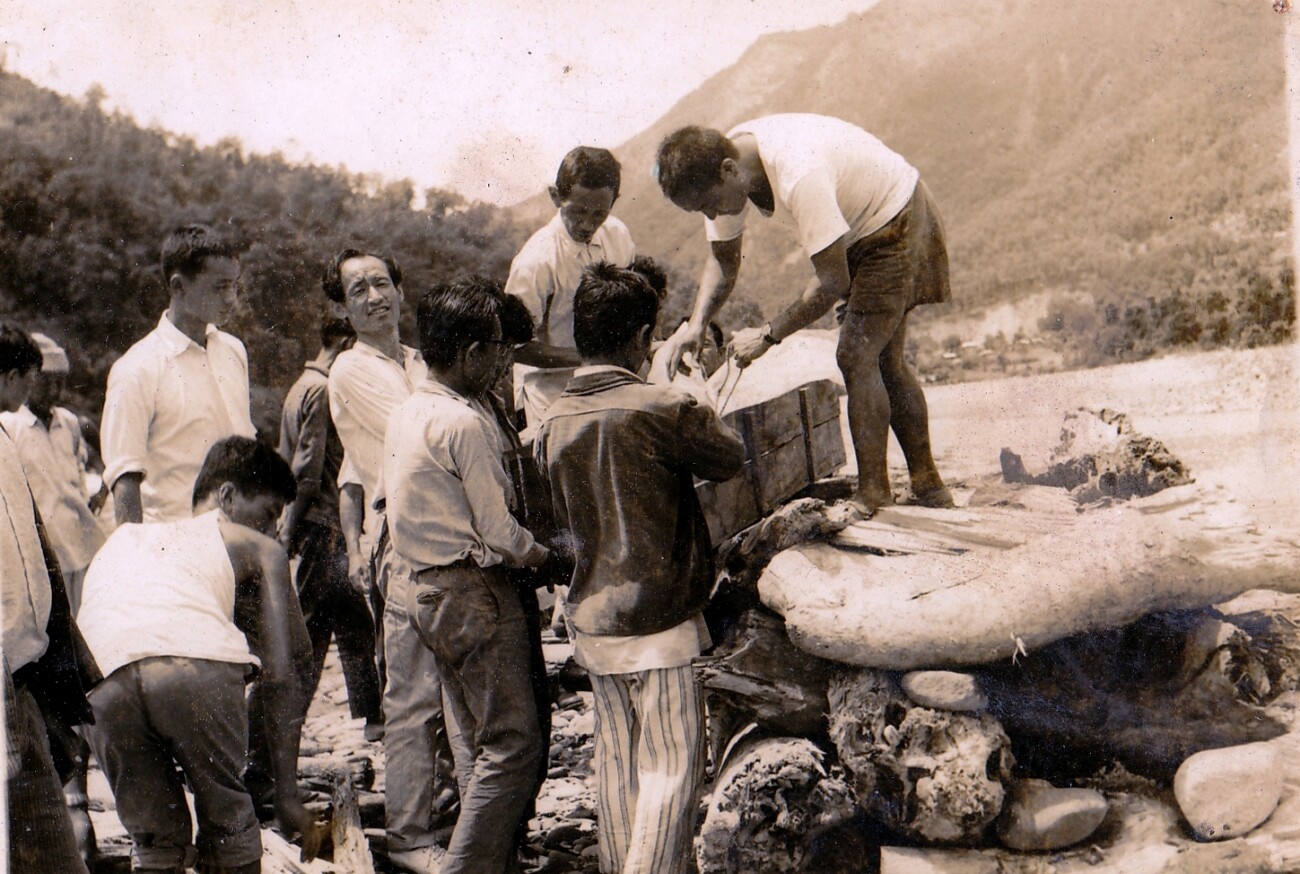
Partuman continued to take photographs until his tragic death in 1974. He was returning from a visit to Das Studio when the jeep he was travelling in skidded off the road dragging him to his death. However, the legacy of Partuman Lohrung Rai lives on in faded and sometimes surprisingly clear photographs preserved by families.
- Reprinted with permission from MARG (Sikkim: The Reinvention of Identities and Cultures edited by Prava Rai) MARG Vol.65 No:4 2014
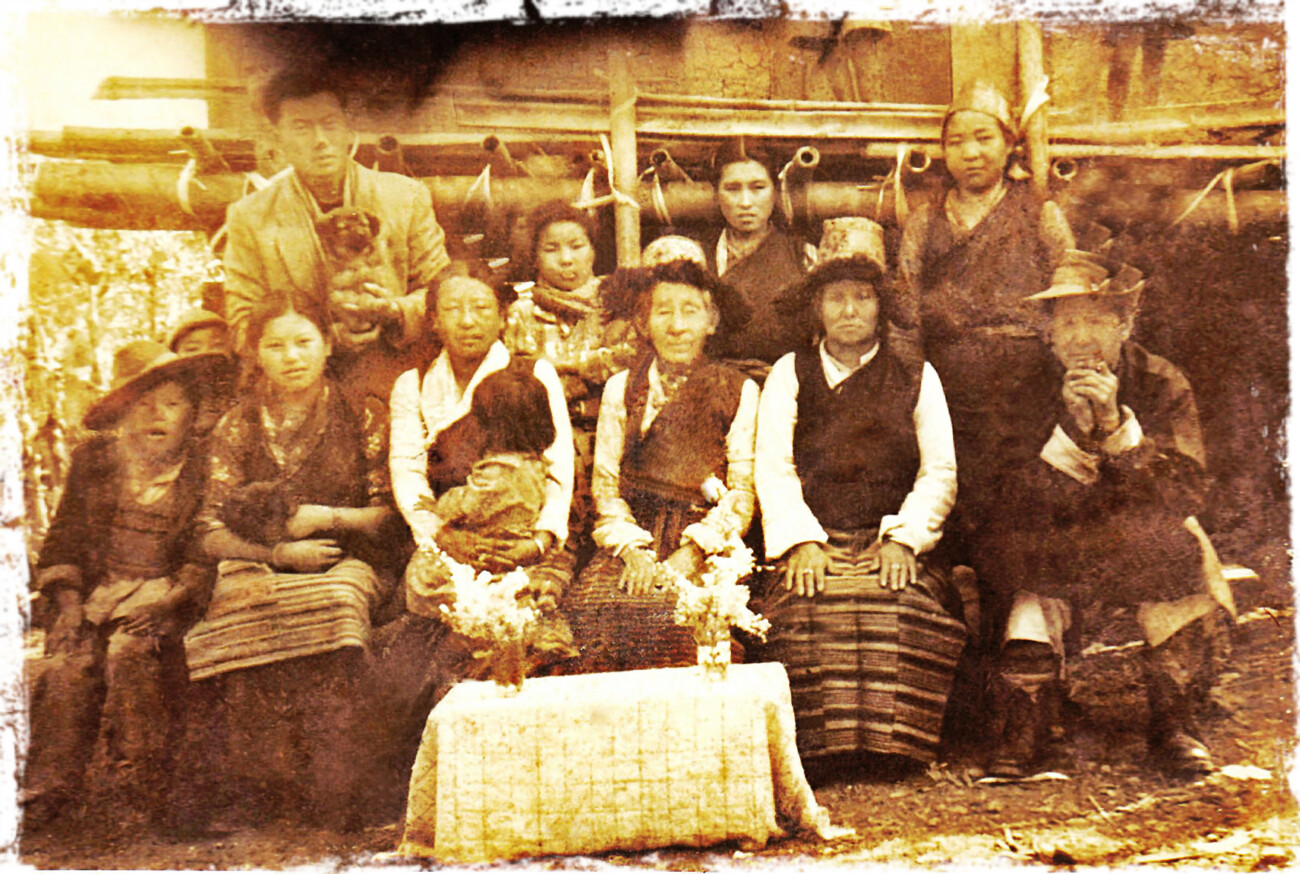
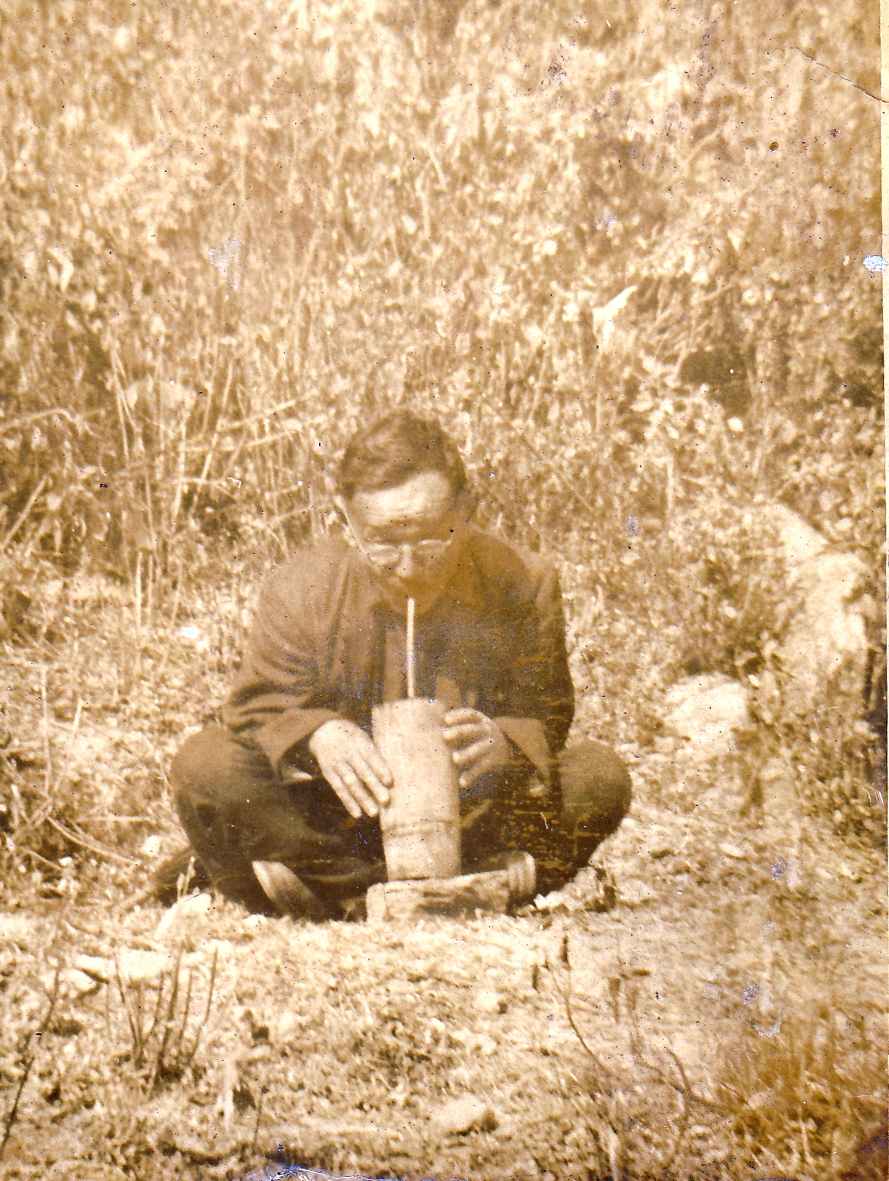
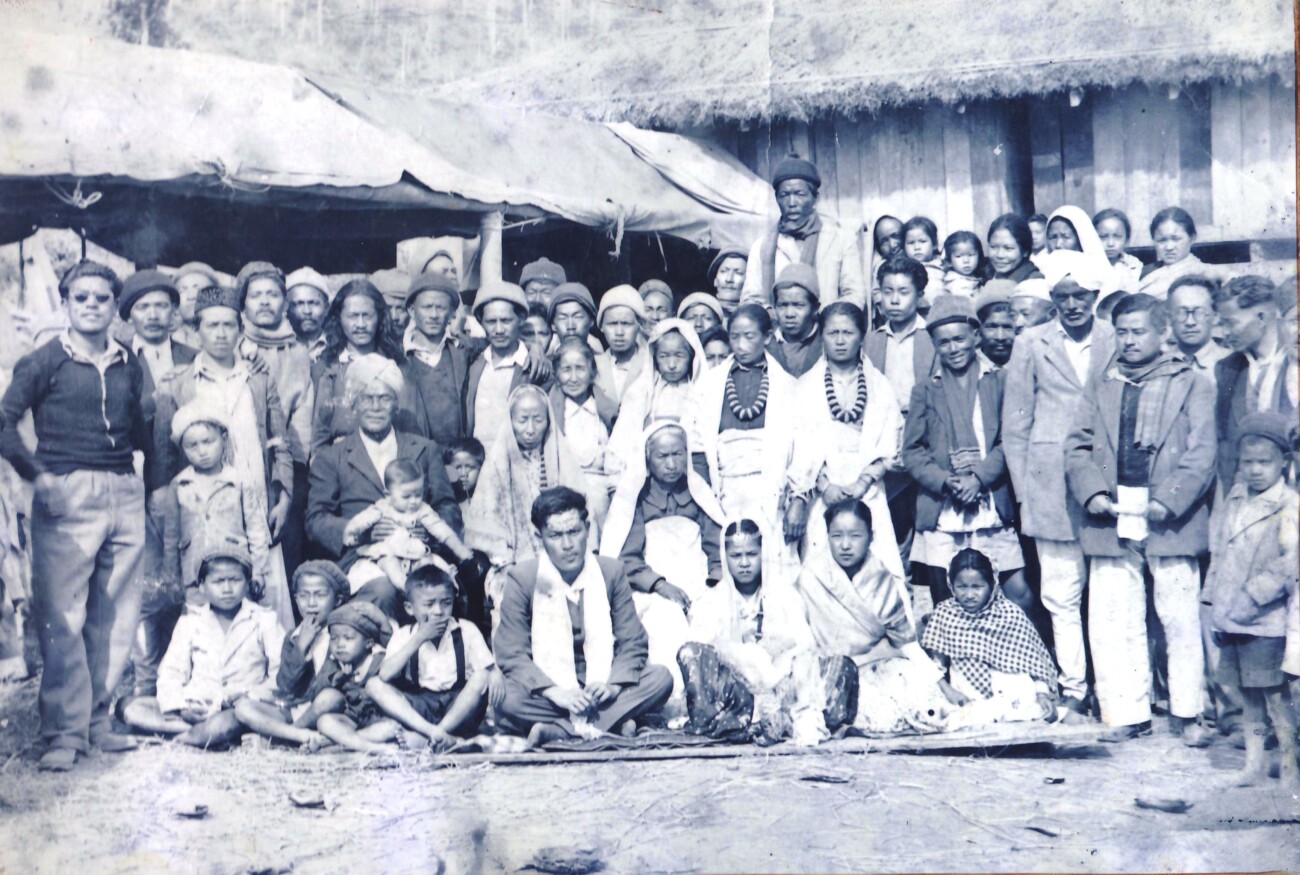



2 comments on “THROUGH WHOSE EYES?THE WORKS OF PARTUMAN LOHRUNG RAI”
Leave a Reply
Latest Posts
Latest Comments
No 'Comments_Widget_Plus_Widget' widget registered in this installation.


Howdy I am so thrilled I found your blog, I really found you by error, while I was looking on Bing for something else,
Regardless I am here now and would just like to say many thanks for a fantastic post and
a all round thrilling blog (I also love the theme/design), I don't have time to browse it all at the
moment but I have book-marked it and also added your RSS feeds, so when I have time I will be back to read a lot more, Please do keep up the excellent job.
When stories never told before and tales rarely heard of are given to us, it changes perspectives and perhaps even lives! This was a wonderful read.